They are found in a variety of applications, from power supplies and switches to amplifiers and motor controls. In this article, we will discuss what is an N-Channel MOSFET, common questions about them, and tips on how to use them effectively.
What is a N-Channel MOSFET
They act as electrically controlled switches, allowing current to flow through the device when turned on, or blocking it when turned off. MOSFETs can be found in many electronic applications from very simple circuits to complex integrated circuits (ICs).
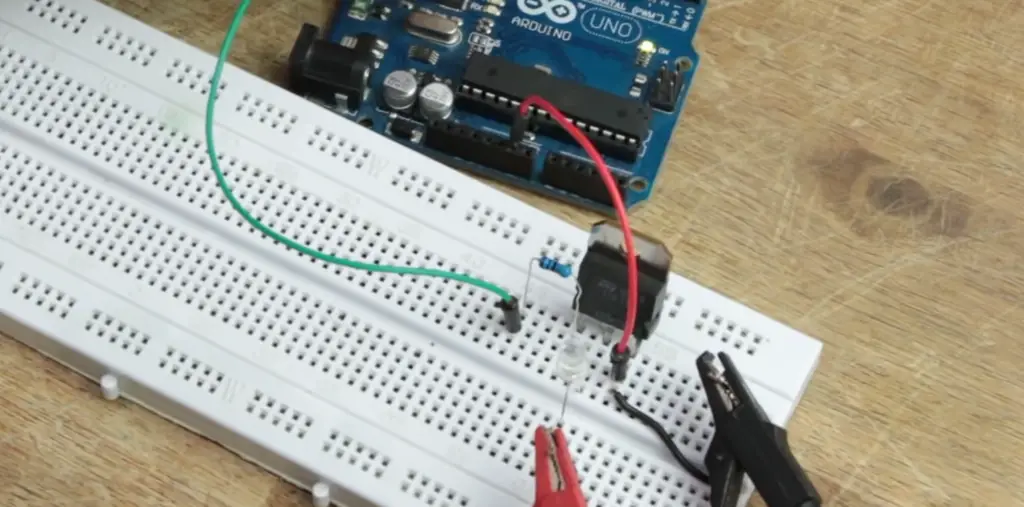
An N-Channel MOSFET is a type of metal-oxide semiconductor field-effect transistor (MOSFET) that uses an n-type channel to control the flow of current between its source and drain terminals. The gate terminal controls the opening and closing of this “channel,” allowing electrons to move through it when a voltage is applied. This makes an N-Channel MOSFET ideal for amplifying signals in switching applications, as they can be turned on and off relatively quickly with minimal power consumption.
The symbol for an N-Channel MOSFET consists of three terminals that represent the source, gate and drain. The gate is typically represented as a triangle pointing towards the drain and the source is shown on either side of the gate. An arrow can also be used to denote directionality in a circuit with an N-Channel MOSFET.
N-Channel MOSFETs are inherently easier to design with than P-Channel devices because they have higher gain and require no additional biasing components. They also offer advantages over BJTs due to their lower input capacitance, allowing them to switch faster. Furthermore, they are less prone to thermal runaway than BJTs and require fewer support components for reliable operation. [1], [2], [3]
Types of N-Channel MOSFET
N-Channel MOSFETs come in a variety of shapes and sizes, but the two most common are enhancement-mode FETs (E-MOSFETs) and depletion-mode FETs (D-MOSFETs).
N-Channel Enhancement MOSFET
An N-Channel Enhancement MOSFET (metal-oxide-semiconductor field-effect transistor) is a type of transistor used to switch electrical signals and current on and off. The “N” refers to the polarity of the channel, which in this case is negative. An enhancement MOSFET requires an applied voltage to create an electric field that will allow current to flow through the channel. This makes it ideal for use as a switch in digital circuits.
An enhancement MOSFET’s body is made up of lightly doped p-type substrate material, with a heavily doped n-type region surrounding the gate. When no voltage is applied to the gate, there is an insulating layer between the substrate and gate that prevents current from flowing through; applying a positive voltage (“enhancing”) breaks down this layer and allows current to flow.
The N-Channel Enhancement MOSFET has many advantages over other types of transistors, such as low power consumption, high switching speeds, and high input impedance. However, they do have some disadvantages as well; they are more prone to leakage due to their design and require higher voltages for operation than other types of transistors.
N-Channel Depletion MOSFET
The N-Channel Depletion MOSFET on other hand has both the source & drain heavily doped n-type semiconductors. When the gate voltage is less than the source, it results in a small depletion region where both electrons and holes are depleted. This enhances the current flow between source and drain terminals, allowing current to pass through even when there’s no applied gate-source voltage.
When the same voltage is applied to the drain and the source, the drain current will decrease because the depletion region between the source and the drain will grow in size. This is due to the fact that at a given gate voltage, more negative charge accumulates near the drain terminal of an n-channel MOSFET compared to its source terminal. [1], [2], [3]
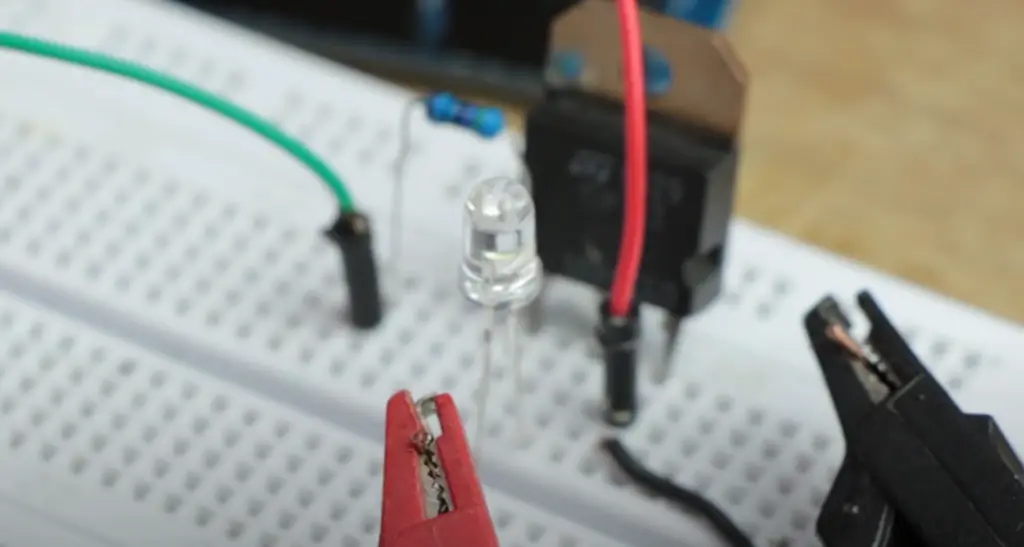
Characteristics of N-Channel MOSFET
N-Channel MOSFETs have several characteristics that make them useful in a variety of circuits. In this section, we’ll discuss some of those characteristics and how they can be used in circuit design.
Drain characteristics
The drain characteristics refer to the current flow from the drain terminal when a voltage is applied to the gate. N-Channel MOSFETs have a high input impedance, meaning that as the gate voltage is increased, less current flows through the device. This means that they are well suited for applications where low power consumption and speed are important.
The drain is plotted between the output current and the VDS (voltage between the drain and source terminals). The characteristics of an N-Channel MOSFET show that as the VDS is increased, the current also increases.
The current is expected to stay constant after some drain voltage is achieved as the channel is wide open and no more current can flow. This defines the saturation region which is generally used in digital circuits where switching between ON and OFF states are required.
Transfer characteristics
Due to the inherent design of an N-Channel MOSFET, its transfer characteristics are linear. The other name for transfer characteristics is transconductance curve. This is the relationship between drain current (Ids) and gate-source voltage (Vgs). The higher the Vgs, the more current can flow through the device.
In addition, whenever there’s no gate to source voltage (Vgs) then very less current will flow like in microamps. If the gate to source voltage positive (Vgs) then more current will flow and the maximum current carrying capacity can be determined by the device. [1]

Advantages of N-Channel MOSFETs
N-Channel MOSFETs are widely used in electronic circuits due to their numerous advantages. It’s important to be aware of these advantages when designing circuits. In this section we will discuss some of the advantages of N-Channel MOSFETs.
Absence of gate current results in high input impedance producing high switching speed
The main advantage of N-Channel MOSFETs is the absence of gate current, which results in a high input impedance and produces a higher switching speed. The amount of capacitance between the source and drain terminals is also very low because there’s no need for a reverse bias from the gate. This allows for faster switching times compared to other types of transistors.
In addition, this high input impedance helps protect the device against damage due to excessive currents passing through it. This makes it highly reliable and more suitable for use in digital circuits.
They provide greater efficiency while operating at lower voltages
N-Channel MOSFETs are able to operate at lower voltages than other types of transistors. This makes them an ideal choice for low voltage applications, such as battery-powered devices or any system that requires minimal power consumption. In addition, their high input impedance and low output capacitance allow them to switch quickly and with less power loss, which increases the efficiency of the circuit.
They operate at lower power and draws no current
N-Channel MOSFETs require less power to operate than other types of transistors, making them ideal for applications where power consumption is an issue. Additionally, they draw no current when the gate voltage is at zero volts, allowing them to be used in circuits with sensitive components that need to be protected from high currents. [4]
Disadvantages of N-Channel MOSFETs
N-Channel MOSFETs have some disadvantages that must be considered when choosing them for a circuit. It’s crucial to keep these in mind as well.
They are vulnerable to permanent damage
One of the main disadvantages of N-Channel MOSFETs is that they are vulnerable to permanent damage. This can be caused by a number of factors, such as excessive current, exceeding the maximum voltage between source and drain, or even operating at high temperatures. This makes them unsuitable for circuits where extreme conditions may occur.
But the main cause is a thin oxide layer that is used to insulate the gate from the source and drain. This layer can be easily damaged if it’s exposed to too much current or voltage, which can cause irreparable damage to the device.
Overload voltages makes it unstable
N-Channel MOSFETs have a higher voltage rating than other types of transistors, which can make them unstable if too much current is applied. This is because the gate terminal needs to be held at a lower voltage than the drain in order for it to operate correctly. If the voltage passes through this threshold, then it may cause the device to saturate and draw excessive current. [4]
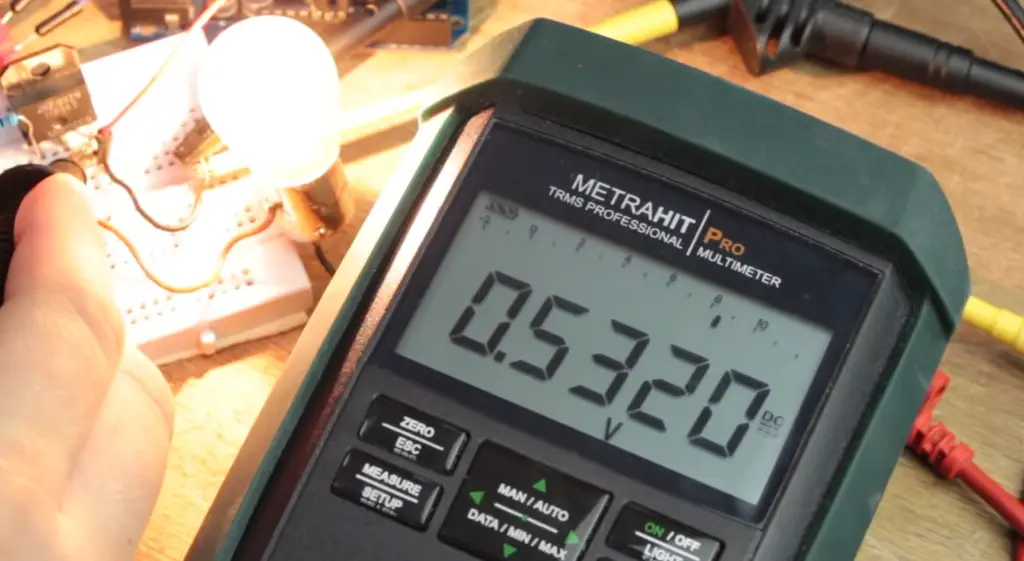
Applications of N-Channel MOSFETs
Now that you have a solid grasp on what an N-Channel MOSFET is, let’s discuss some of its practical applications.
Low voltage device applications
N-Channel MOSFETs are very popular in low voltage device applications, such as microcontrollers and embedded systems. This is because they have a low power consumption compared to other types of transistors, and can be used to switch between multiple states easily. In addition, N-Channel MOSFETs can also be used for amplifiers and radio frequency (RF) circuits due to their high input impedance.
They can switch LAMP or the LED to ON/OFF
N-Channel MOSFETs are commonly used in switching circuits. They can be used to switch lamps or LEDs on and off, depending on the voltage applied at the gate terminal. This is because of their low power consumption, which allows them to operate at lower voltages than other transistors such as bipolar junction transistors (BJTs).
Switching the negative supply for the motor in the reverse direction
A common application of N-Channel MOSFETs is in reversing the direction of a motor, such as with a DC motor. To reverse the direction, you will need two N-Channel MOSFETs to act as switches for both positive and negative supply lines.

As with the positive supply, you will need to use an N-Channel MOSFET for this application. However, using two FETs will allow you to control the motor’s direction and speed by controlling both FET switches independently.
It is important to note that when switching between positive and negative supplies, you must take appropriate precautions such as ensuring that your FET has adequate power dissipation capacity and heat sink.
Automotive electronics
N-Channel MOSFETs are commonly used in automotive electronics due to their ability to operate at lower voltages and higher efficiency than other types of transistors. In addition, they are highly reliable and can withstand the wide temperature fluctuations that occur in cars.
High current applications
N-Channel MOSFETs are widely used in a variety of high current applications, such as automotive electronics and audio amplifiers. These devices offer many advantages over traditional bipolar junction transistors (BJTs), including improved efficiency, faster switching speed and higher power output. Furthermore, they can be used to provide polarity protection for other components, allowing them to be operated safely even when supplied with voltages greater than their rated voltage.
In order to achieve the desired current flow and switching performance, it is important to select an appropriately sized device. Generally speaking, larger N-Channel MOSFETs will be able to handle more current at lower gate voltage levels compared to smaller ones. The tradeoff here is that larger devices will dissipate more power and thus require more cooling. [1]
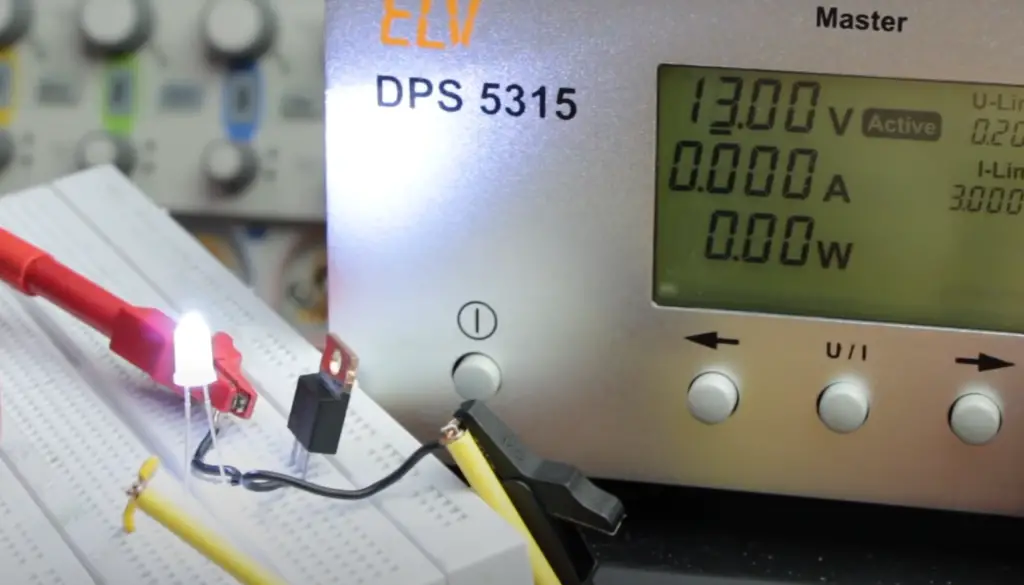
FAQ
What is the difference between P channel and N channel MOSFETs?
P-Channel MOSFETs and N-Channel MOSFETs are two types of Field Effect Transistors (FET). The P channel has a p-type semiconductor material between the source and drain, while the N channel uses an n-type material. This means that when positive voltage is applied to the gate of a P channel FET, it will conduct current in one direction only while an N channel FET requires negative voltage to control current flow. Additionally, N Channel devices have lower resistance than their P Channel counterparts which allows them to switch faster and more efficiently at higher frequencies.
Is a MOSFET bipolar or unipolar?
It can be either an N-Channel or P-Channel MOSFET depending on the polarity of the gate voltage applied to it. An N-Channel MOSFET has a negative polarity and consists of three terminals: source, drain and gate. The gate terminal controls the flow of current between the source and drain terminals by creating an electric field, which results in a change in conductivity when voltage is applied. This makes them ideal for use as switches, amplifiers and digital logic gates in electronic circuits.
What is an N-channel MOSFET used for?
An N-channel MOSFET can be used for a variety of purposes, most commonly as an amplifier or digital switch in circuits. As a switch, it is able to control power flow by allowing or blocking current depending on the applied voltage – this is done through the use of a gate-source voltage. As an amplifier, the device amplifies small input signals into larger output signals by increasing their current and/or voltage. Additionally, N-channel MOSFETs are often used in logic circuits as they rely upon their high impedance state when the gate-source voltages are low.
What does N-channel mean?
N-channel is a type of metal oxide semiconductor field effect transistor (MOSFET). It is characterized by its ability to act as an electronic switch, allowing current to flow through it in only one direction when activated. This makes them ideal for use in high-power switching applications such as power supplies and motor controllers. They are also used in audio applications for controlling the volume or tone of an amplifier.
What is the N-channel name MOSFET?
The N-channel name MOSFET (Metal Oxide Semiconductor Field Effect Transistor) is an electronic component that can be used to switch or amplify electric current. It consists of a semiconductor channel between two terminals, the source and the drain. When a voltage is applied to the gate terminal, it changes the conductivity of the channel, allowing current to flow from source to drain.
MOSFETs are usually classified according to their type, which is indicated by the number of channels or “pins” in their structure. The N-channel MOSFET has three pins: one for the gate, one for the source, and another for the drain. Its structure also includes an insulator between the gate and the other two pins, which prevents electricity from flowing directly between them.
The N-channel MOSFET is often used for applications where high current can be passed through a small area such as in digital logic circuits or to switch large loads such as motors, solenoids and lights. It also has many advantages over other types of transistors, including lower power consumption, higher switching speed and better thermal stability.
Useful Video: How Does a MOSFET Work?
Conclusion
N-Channel MOSFETs are versatile, powerful and cost-effective components used in many electronic applications. They can be used to amplify, switch and control signals in circuits. They work by controlling the flow of electrons through a channel created between their source and drain terminals when a voltage is applied to their gate terminal. It is important to understand how N-Channel MOSFETs work before attempting to use them in any application.
In this article we have discussed the basics of N-Channel MOSFETs, including their construction and operation, as well as how to select the correct device for your application. We also provided some practical tips on how to use these components in electronic circuits.
For more information on working with N-Channel MOSFETs, please refer to our other helpful resources such as our tutorial videos and online forums where experienced engineers share tips and advice on using these components. We wish you all the best in your electronics projects!
If you enjoyed this guide, please share it with your friends, colleagues and family members so they can benefit from our expertise as well. Thanks again for reading!
References
- https://www.elprocus.com/n-channel-mosfet/
- https://www.watelectronics.com/basics-of-n-channel-mosfet-working-and-characteristics/
- http://www.learningaboutelectronics.com/Articles/N-Channel-MOSFETs
- https://electricalfundablog.com/mosfet-working-types-applications-advantages-disadvantages/





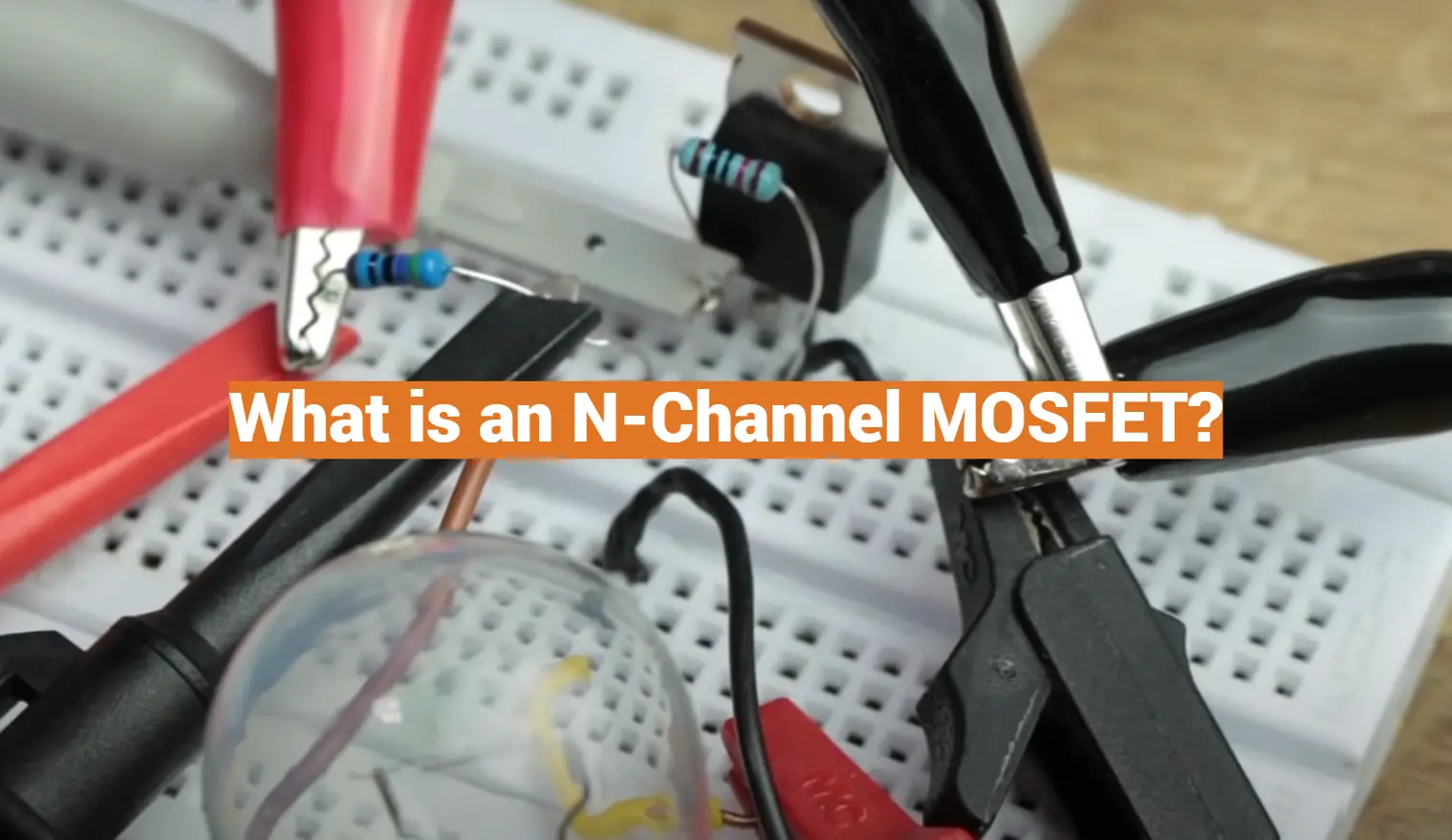







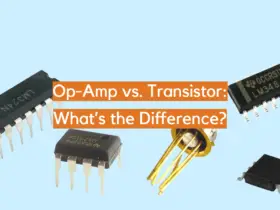
Leave a Reply